There are over 30 million different species of animals living on planet Earth today, and while most have adapted to or overcome their environments, there are still some that haven't. We're here to look at the amazingly rare animals that are on the brink of extinction, and what we can do to help them.
With millions of amazing animal species on Earth, it’s easy to forget about the ones we don’t encounter on a regular basis. The Holocene extinction, or sixth extinction, is the one we’re currently experiencing on Earth, and it includes a number of rare animals. These are just a few of the amazing animals on the brink of extinction that scientists hope we can bring back for good.
#18: Pinta Island Turtle
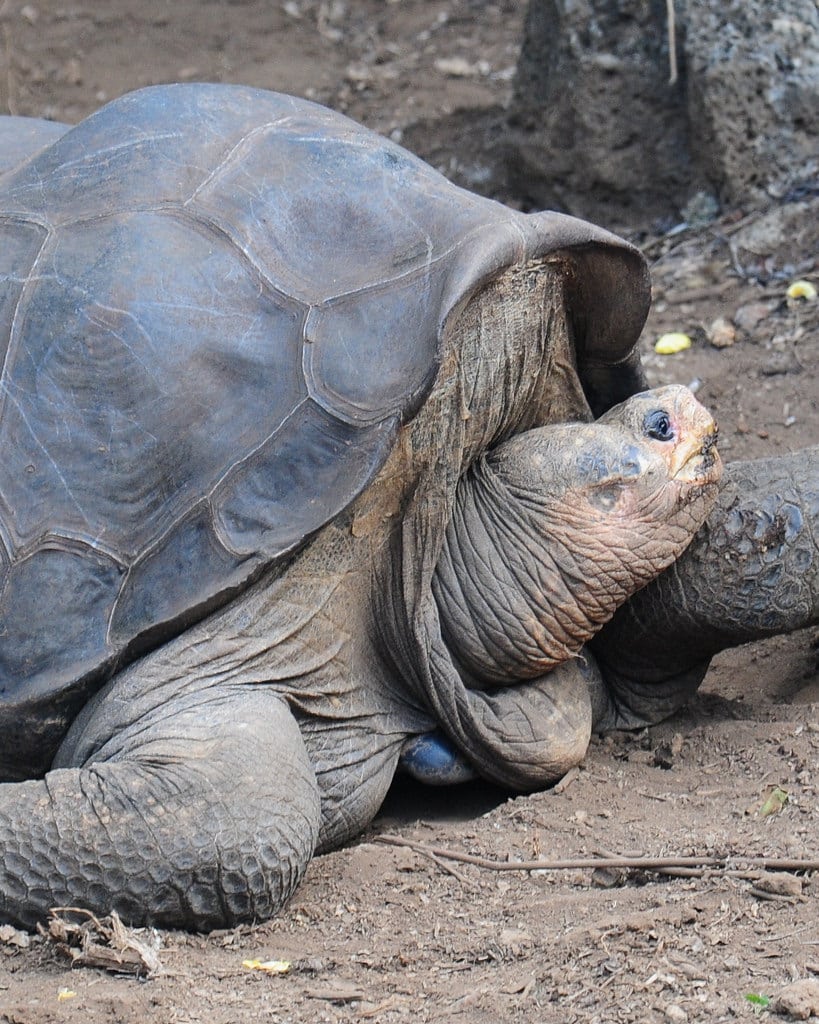
These large turtles are native to Ecuador and an elderly turtle named Lonesome George was thought to be the last of his kind. When he died out it was a tragic event but luckily they found a group of young turtles that appear to be a hybrid of the Pinta Island variety. Since Pinta turtles were once kept on ships as livestock, when they were no longer useful they were thrown back into the sea and for these lucky ones they were what was left of a nearly extinct species.
#17: Amur Leopard

This subspecies of leopard is native to southeastern Russia and is extremely beautiful with its spots and markings. Unfortunately, these beautiful markings have meant that they have been hunted to the brink of extinction, and the only way to save them is through a targeted conservation approach and an absolute ban on hunting these unique creatures. There are thought to be only 20 leopards left in the world today, so the situation is quite dire.
#16: Vaquita
These special members of the porpoise family can be found in the Atlantic waters of the United States and Canada. Humans hunt these whales for oil and the relatively simple process of harvesting them, making them easy prey. With only 350 left in the oceans today, it is imperative that the hunting of these magnificent mammals stops, which is exactly what they hope to achieve with their well-deserved protected status.
#15: Mountain Gorilla
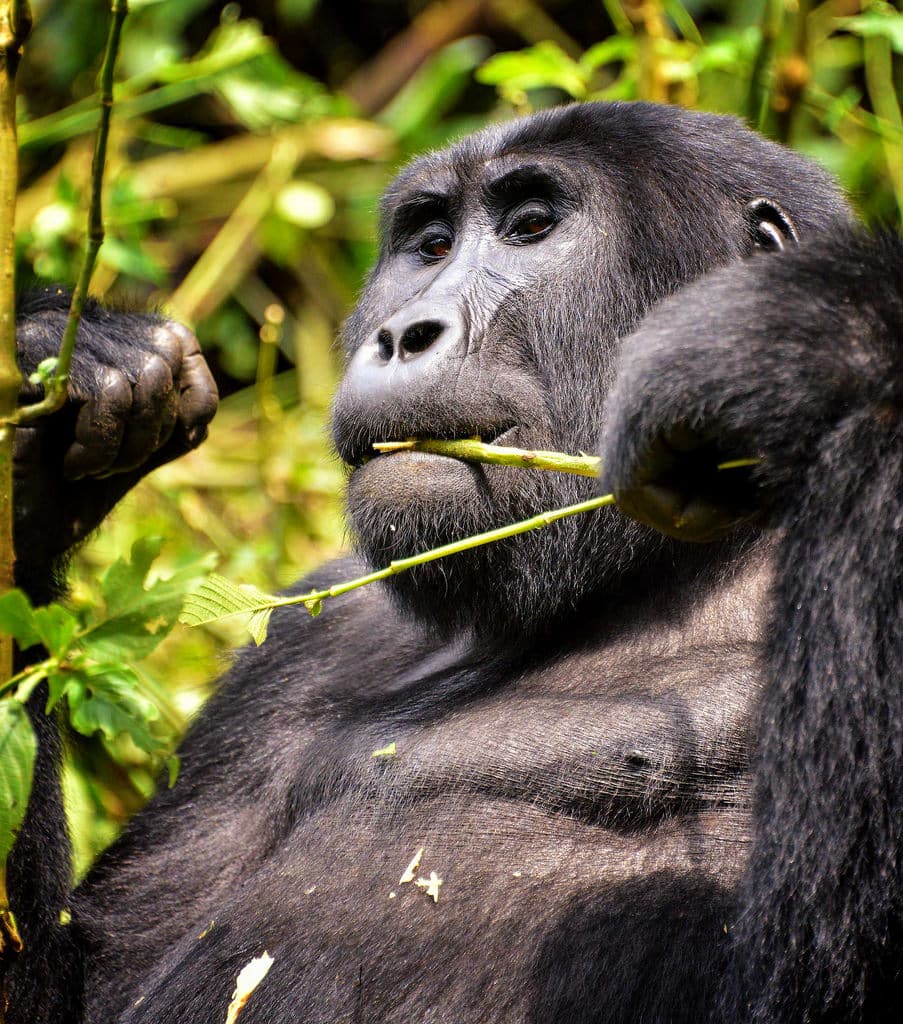
The mountain gorilla is an animal that is hunted due to its aggressive nature and is considered by people who come into contact with it to cause some harm. The eastern gorilla subspecies is currently critically endangered and is likely to lose even more due to habitat loss and poaching. There are only about 300 mountain gorillas left in the world and unfortunately they are not yet a protected species, making them a very popular target for poachers.
#14: Spix's Macaw
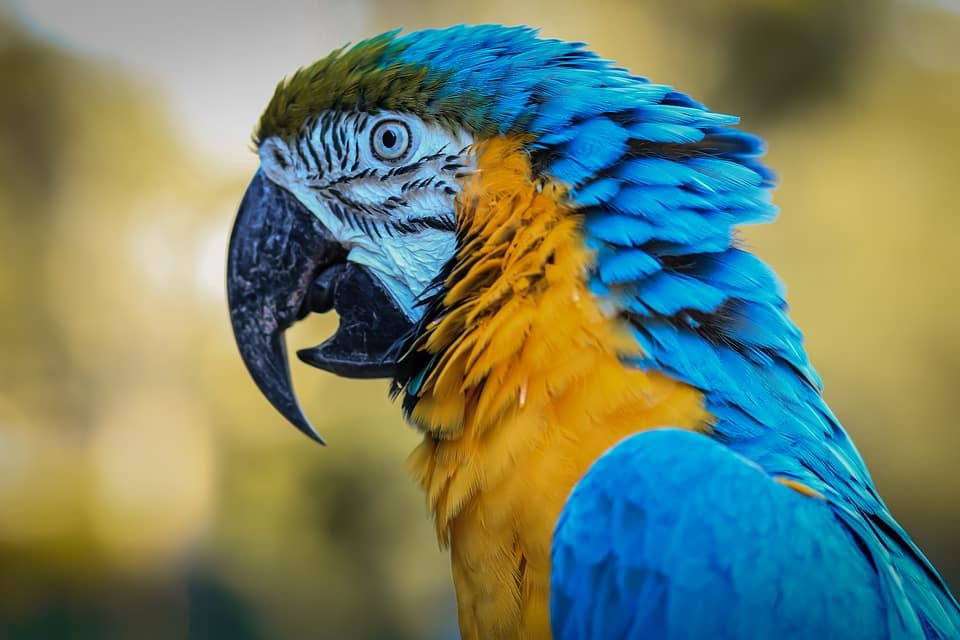
This Brazilian bird is certainly colorful and beautiful, but unfortunately, it can only be found in zoos these days. Some reports claim to have seen the beautiful bird in Brazil, but such sightings seem to be becoming rarer. Their main tree has been cut down, but conservation efforts are currently underway, which will hopefully be successful for this colorful bird.
#13: Salt Creek Tiger Beetle
Yes, beetles can go extinct too, and the Salt Creek tiger beetle is native to the United States. Luckily, it is one species that is actually making a comeback. In its place in its natural environment, there are conservation and preservation efforts that are certainly doing their job. Hopefully, we can take note of what worked here and try to imitate it for some of the other animals on the list.
#12: Pika
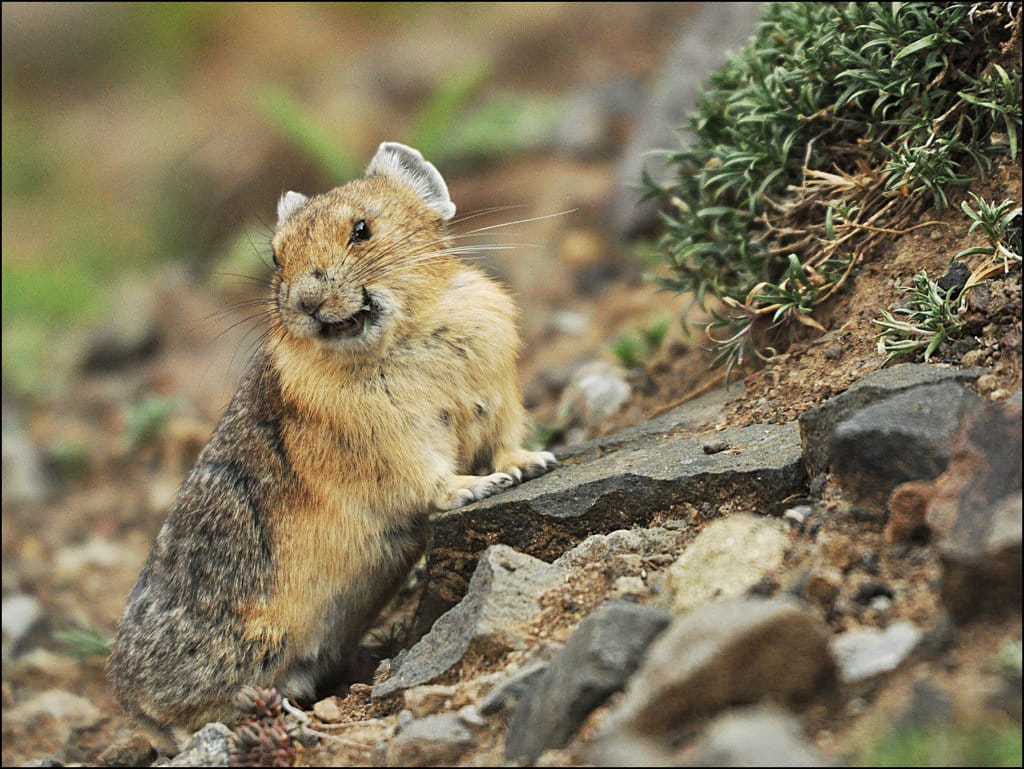
This cute little hamster-like animal is sadly very close to extinction. A close relative of the rabbit, this short, round mammal is found in the mountainous countries of Asia, but can also be found in North America. According to experts, the pika has many different subspecies that are now completely extinct, but there are still some living creatures that they have been working to preserve for many years. Some believe that the pika is what the famous Pokemon character Pikachu is based on, so it would be a shame to lose such a beautiful animal and cultural icon.
#11: Bornean Orangutan
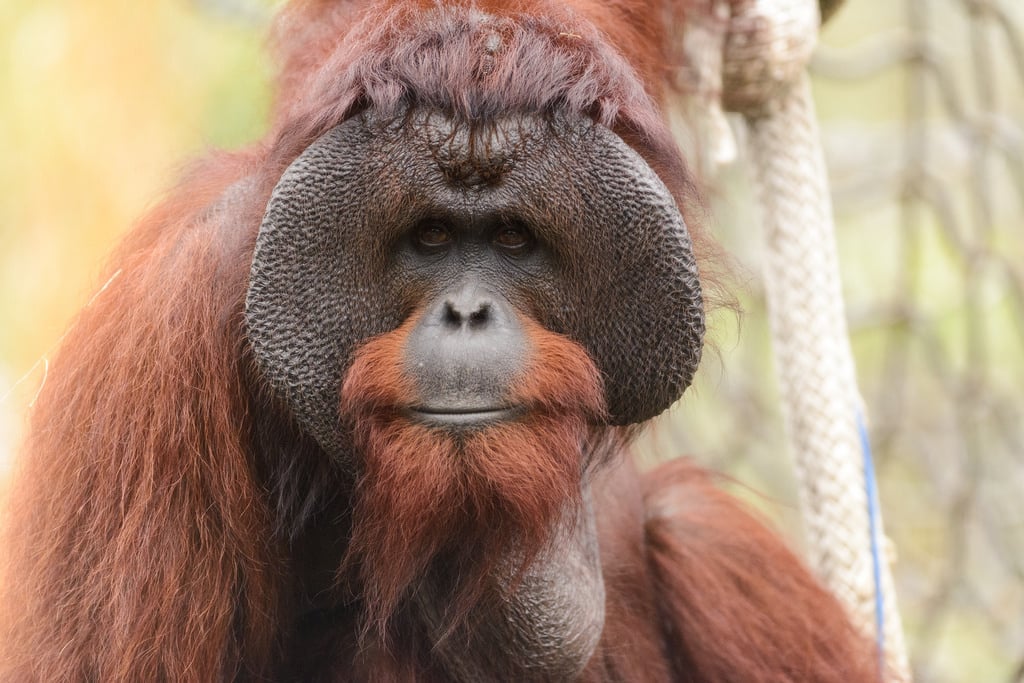
It’s no surprise that many orangutan subspecies are on the brink of extinction, but the Bornean Island mammals face some of the most serious threats. As their name suggests, these orangutans are native to the island of Borneo and are part of the only genus of great apes native to the area. Overall, the orangutan population in the wild has declined by around 50%, a truly shocking figure.
#10: Sumatran Rhinoceros
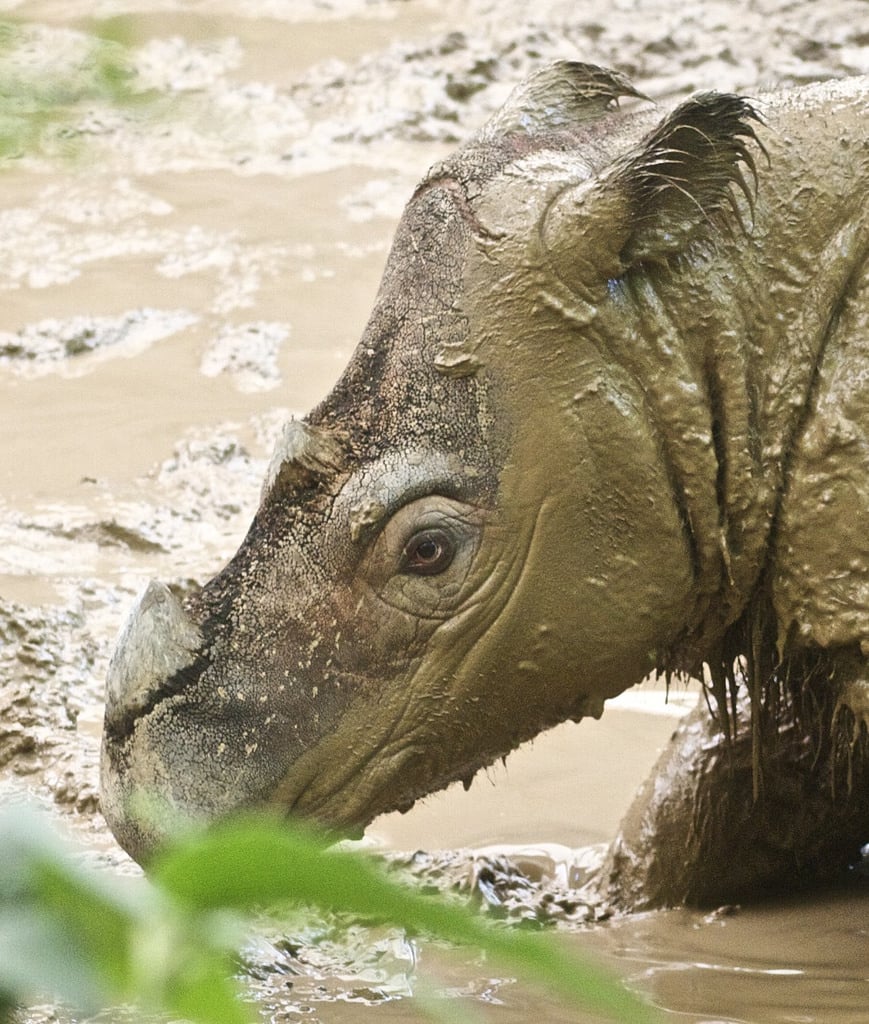
This amazing animal, also known as the hairy rhinoceros, is very close to disappearing forever. They were last seen in the wild in 2016, which only highlights how many of them are left in the world. Many years ago, attempts were made to preserve the species in captivity, but of the 40 individuals they kept, none succeeded in reproducing and most died out within 20 years, so the rest were released into the wild.
#9: Giant Otter
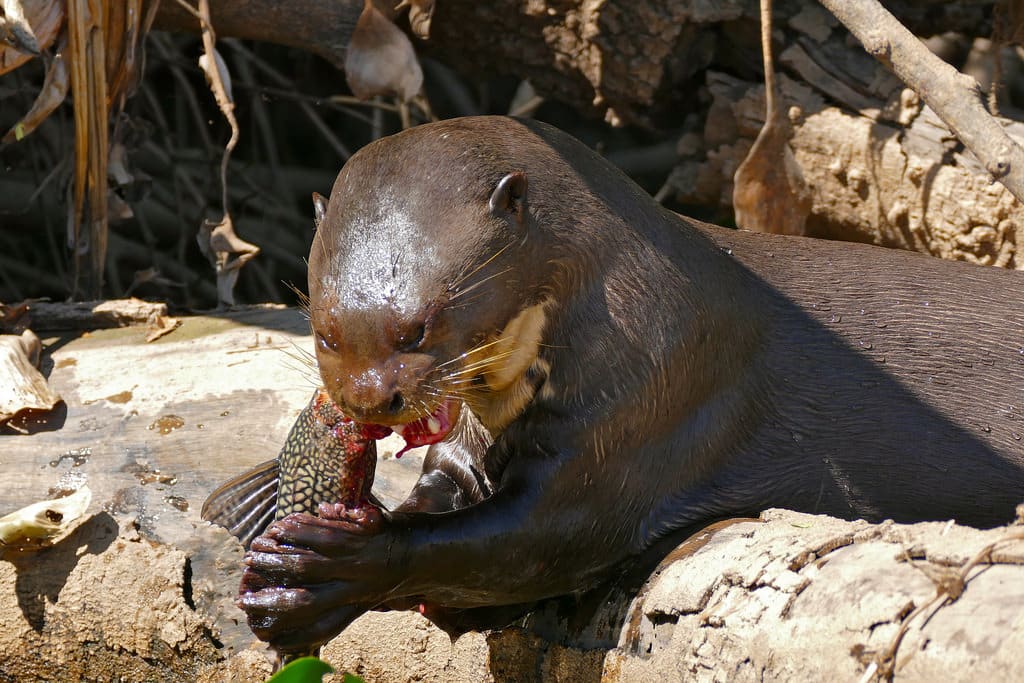
We've all seen cute little otters before and marveled at how much fun they have in the water with their friends, but did you know that there is a giant otter that is critically endangered? The giant otter is a South American otter that can grow to over five feet in size, which is much more impressive than other subspecies we know of.
#8: Darwin's Fox
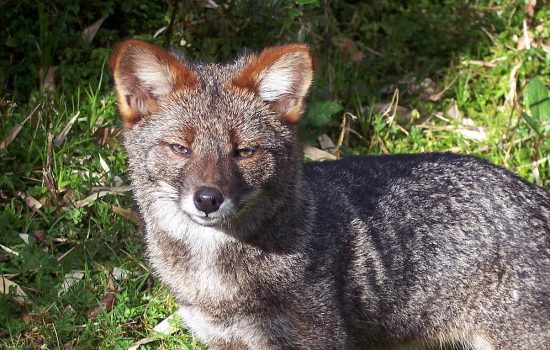
These adorable foxes are endangered due to their small numbers, with only two populations known to exist on Earth. The Darwin's fox was named after Charles Darwin, who discovered the species, and is one of the smallest species of fox. It is believed that there are only 250 foxes alive on Chloe Island, with about 70 more living on the mainland, which is critically low.
#7: Black-footed ferret
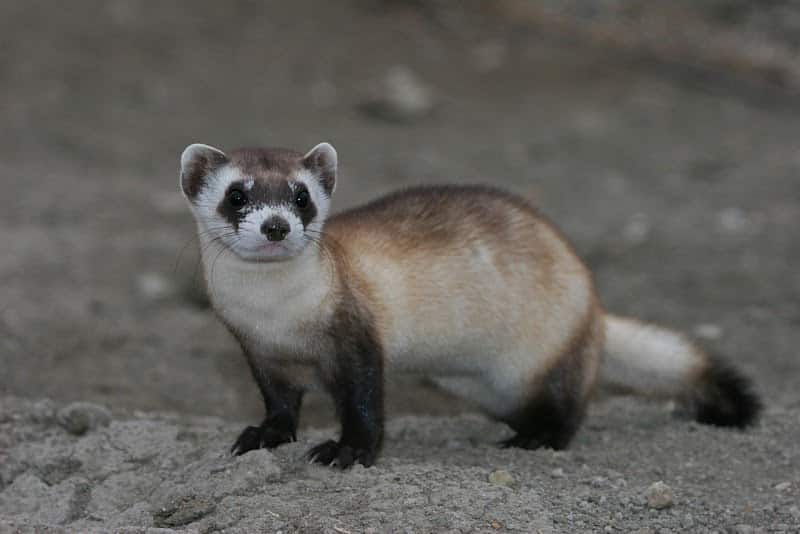
The incredibly cute black-footed ferret is another animal that is in danger of extinction due to its very small and limited range and population. They are known as one of the most endangered species in all of North America, and it is believed that there are only 300 individuals left on the planet. Many conservation efforts have been made to save the species, but most have been unsuccessful.
#6: Manis
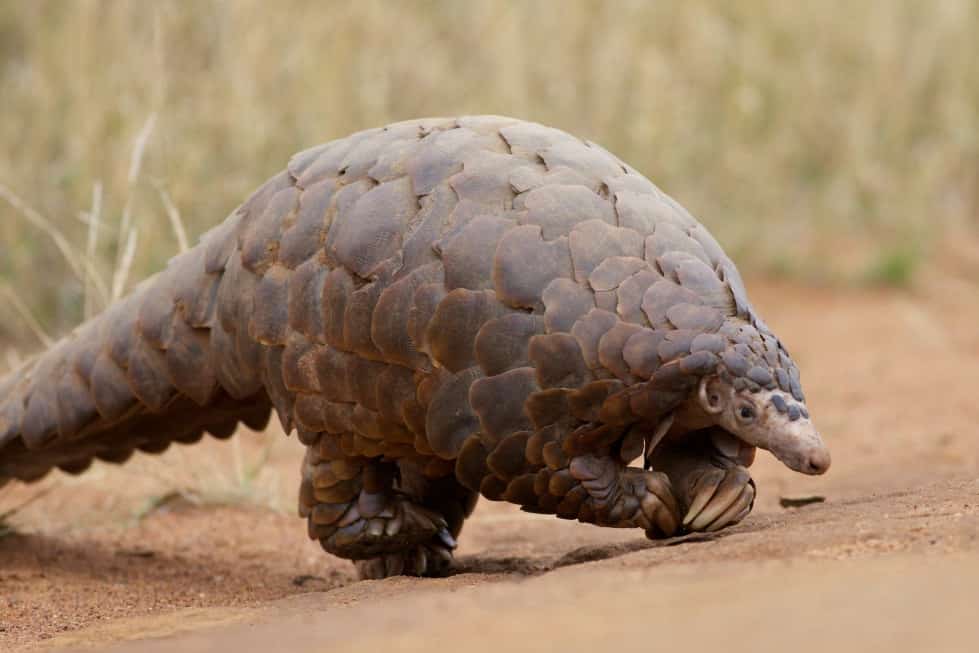
This is a species of pangolin that is considered one of the most extinct animals on the planet. The scaly little creatures that can curl up into a ball are certainly unique, but sadly, they are being lost. There are eight different species of pangolin, all of which are fortunately protected, but the one most at risk is humans. As one of the rarest animals we have, we sincerely hope that conservation efforts to save this amazing species will be of benefit.
#5: Peruvian Spider Monkey
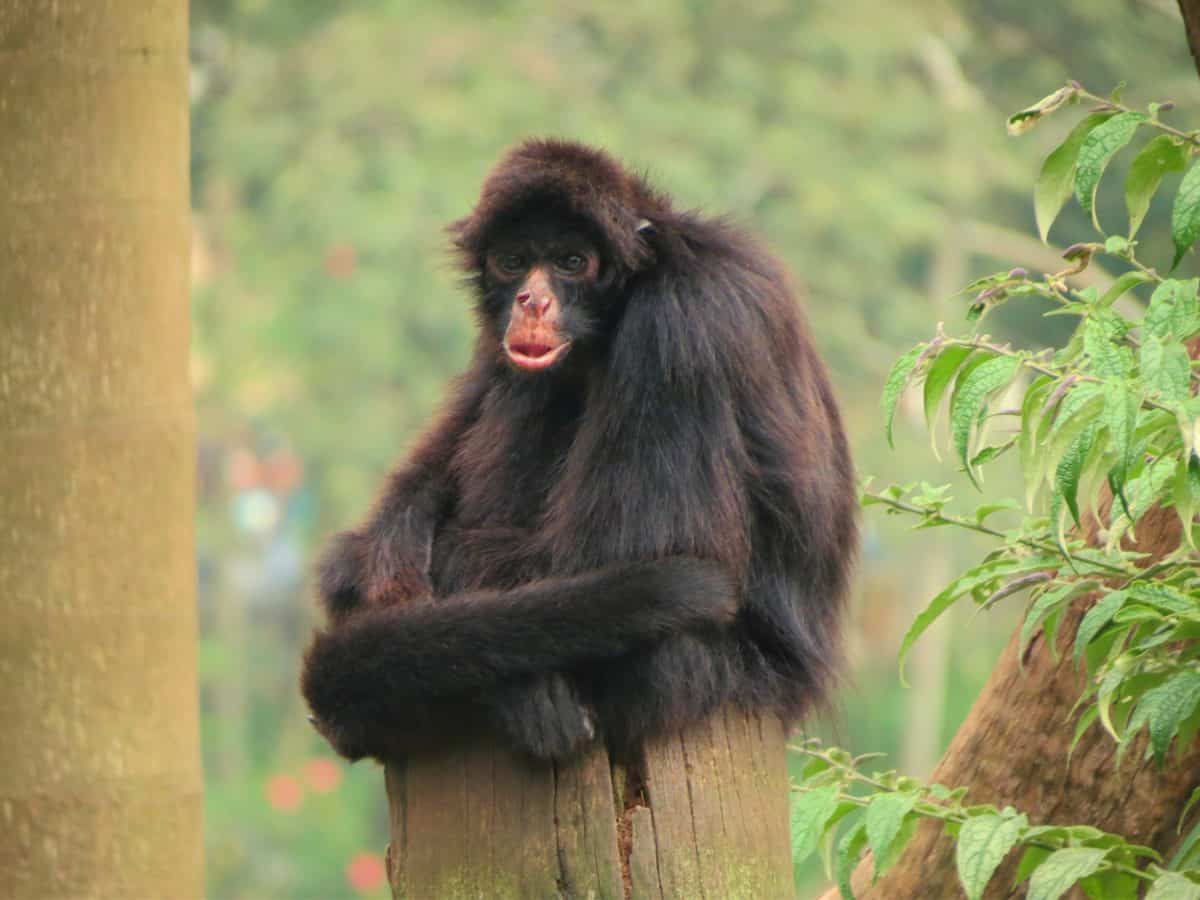
Also known as the black-faced spider monkey, this amazing creature is found in Peru, as well as Brazil and Bolivia. The animal was classified as critically endangered in 2014, and since then, there have been many attempts to restore its numbers. These monkeys are known to live in large groups of up to 35 individuals, and are rarely seen alone, making them very social animals indeed.
#4: White Vulture
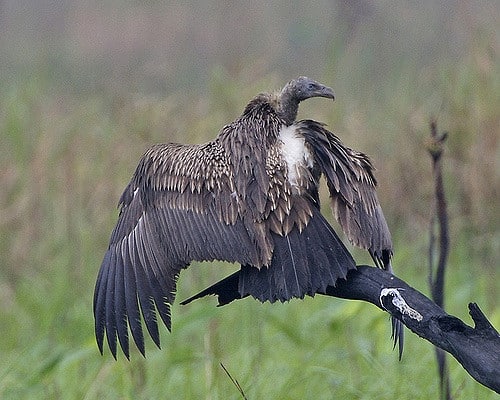
Although vultures are known for hunting other animals, that doesn't mean they aren't an important part of the ecosystem. The white-tailed vulture is native to South and Southeast Asia and has been listed as endangered since 2000. In the 1980s, it was one of the most numerous birds of prey in the world, with numbers in the millions. Today, its numbers have dropped significantly.
#3: Saola
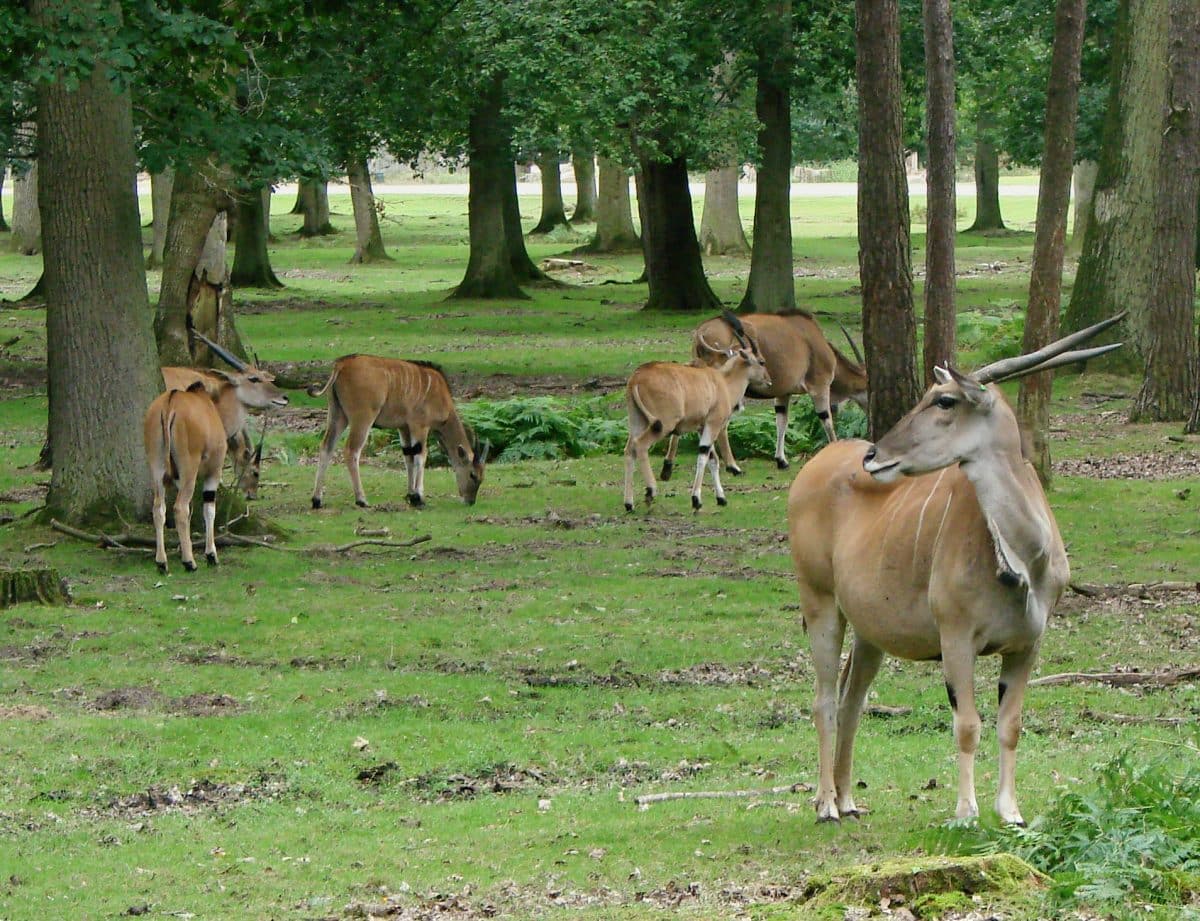
This incredibly rare mammal is also known as the Asian unicorn, and its beauty is unlike any other animal. It is one of the last animals to be discovered, and also one of the most endangered, so conservation efforts for this special beast are at an all-time high. Scientists who have categorically documented saolas in the wild have found that there are only four left today.
#2: Javan Rhinoceros
The Javan rhinoceros is now officially extinct in Vietnam, meaning conservation efforts are at a critical level. These large animals were hunted to extinction many years ago, but have been saved thanks to conservation efforts. There are currently around 60 subspecies of rhinoceros in the park on the island of Java, Indonesia, and serious conservation efforts are being made to preserve them.
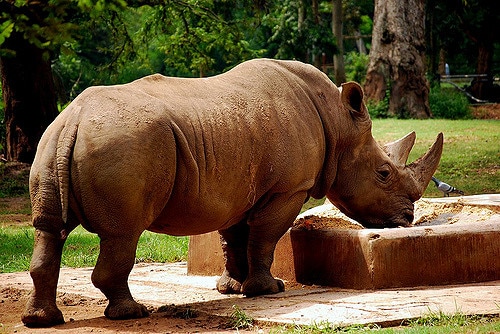
#1: Rhinoceros
The rhinoceros as a whole is an endangered species, with two subspecies, the Javan and Sumatran, being critically endangered. The reason for this huge decline is poaching for its horns, which has now made them a protected species.









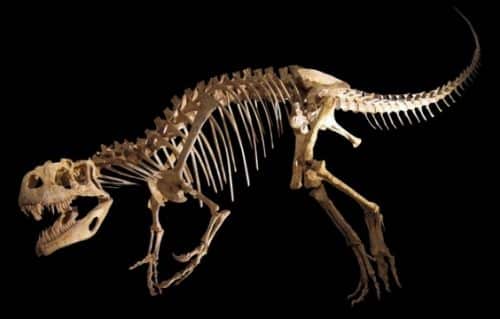



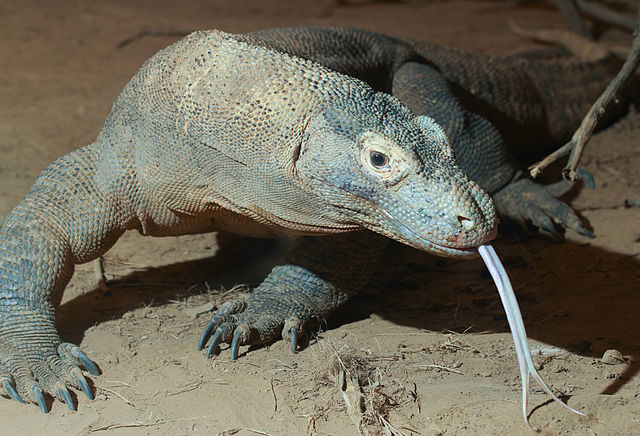
Оставить Комментарий